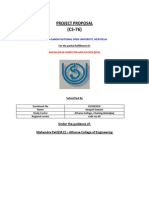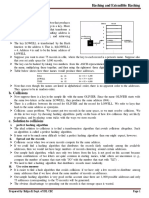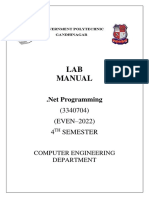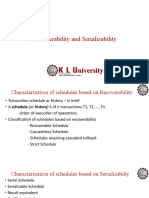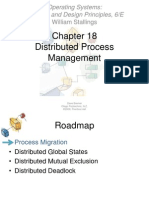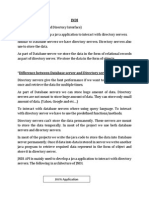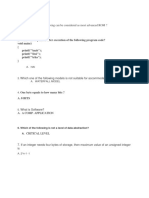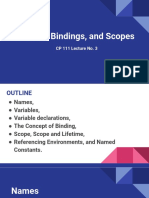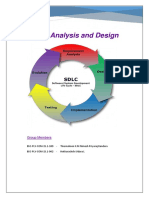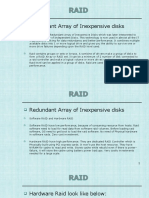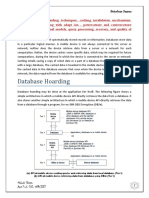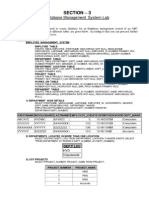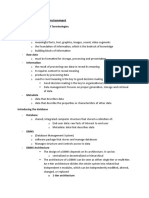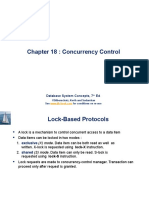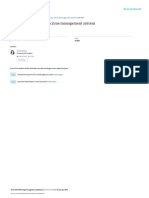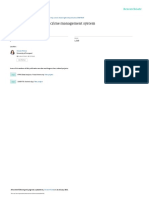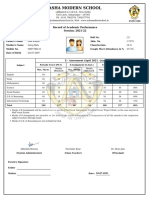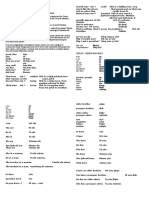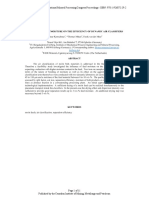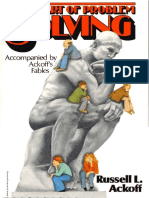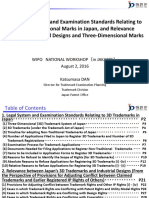0% found this document useful (0 votes)
200 views35 pagesWebsite Development of Crime Management System
This document summarizes a conference paper about developing a website for crime management system. The paper presents City Without Crime (CWC), a web-based application for managing crime in a city. The website provides facilities for reporting crimes online, registering complaints, entering missing persons details, showing most wanted persons, news reporting, and chatting. Police can use this system to manage different crimes and receive complaints online instead of manually at police stations. The paper describes how HTML and PHP coding was used to design the website. It also discusses challenges and opportunities of using this fundamental technology to revolutionize the digital world.
Uploaded by
Anushi PumbhadiyaCopyright
© © All Rights Reserved
We take content rights seriously. If you suspect this is your content, claim it here.
Available Formats
Download as PDF, TXT or read online on Scribd
0% found this document useful (0 votes)
200 views35 pagesWebsite Development of Crime Management System
This document summarizes a conference paper about developing a website for crime management system. The paper presents City Without Crime (CWC), a web-based application for managing crime in a city. The website provides facilities for reporting crimes online, registering complaints, entering missing persons details, showing most wanted persons, news reporting, and chatting. Police can use this system to manage different crimes and receive complaints online instead of manually at police stations. The paper describes how HTML and PHP coding was used to design the website. It also discusses challenges and opportunities of using this fundamental technology to revolutionize the digital world.
Uploaded by
Anushi PumbhadiyaCopyright
© © All Rights Reserved
We take content rights seriously. If you suspect this is your content, claim it here.
Available Formats
Download as PDF, TXT or read online on Scribd
/ 35
